Interested in getting a quote for your next project?
Equipment & Vehicle
Test Services
Testing products is a vital step in the research and development process because it ensures that products meet established standards of quality, functionality, and safety before reaching consumers. Testing helps identify defects and weaknesses that could compromise performance, reliability, and user satisfaction. By rigorously testing products, companies can verify that their offerings work as intended under various conditions, which helps prevent costly recalls and repairs, and reduces the risk of harm to users. Product testing also plays a key role in regulatory compliance, ensuring that products meet industry-specific requirements and standards.
Rear Impact Guard Testing & Certification
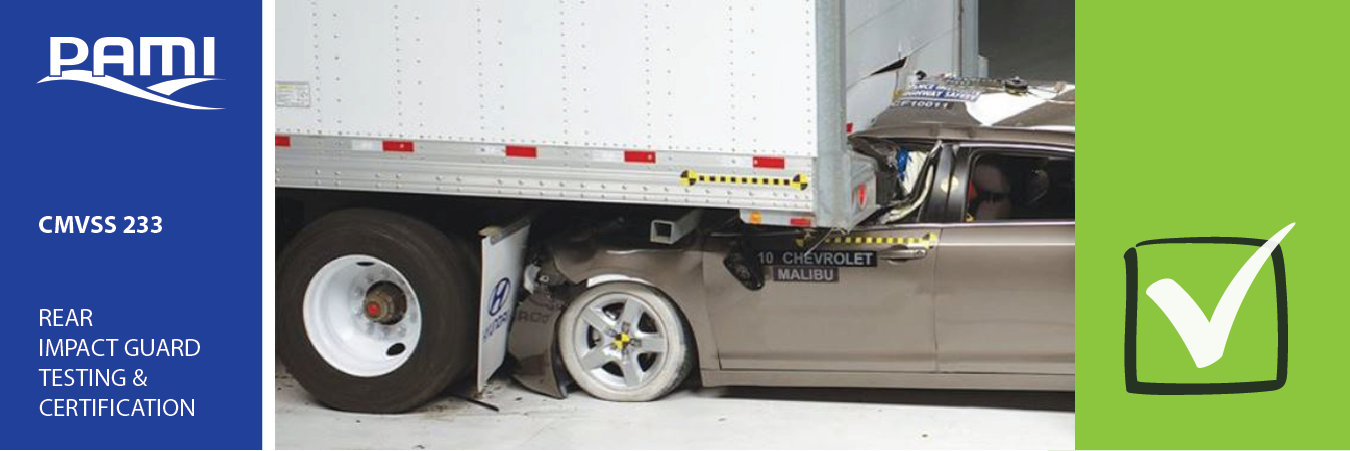
PAMI supports transportation manufacturers across Canada with certification to CMVSS 223 and many other standards required for on-road vehicles. Our proven test set-ups and analysis methodologies marry with computer modelling and analysis to save time and cost in developing prototypes. We provide design insights based on decades of engineering experience to improve guard performance. Upon completion of requirements, you will receive a certified professional engineering stamped report.

Alternative Fuel and Vehicle Performance
Alternatives or modifications to petroleum-based fuels, such as biodiesel, ethanol, or electric has created a need to evaluate the performance of the fuels or batteries and vehicles using them. We understands the need for rigorous testing and have the facilities and equipment to help. Whether on the road or in the lab, we have high-horsepower dynamometers and the instrumentation required to put vehicles through their paces to effectively explore and map their performance.

Brake Performance Testing
Brake Performance Testing can reduce wear and maintenance costs by identifying component concerns, limitations, and failure potential before they become realities. This testing is required to meet Canadian Motor Vehicle Safety Standards like CMVSS 105 – Hydraulic Electric Brake Systems. This standard specifies requirements for hydraulic and electric service brake systems, and associated parking brake systems. The purpose of this standard is to ensure safe braking performance under normal and emergency conditions.

Combine Loss Evaluation
The PAMI Combine Loss Evaluation System is most commonly used for combine capacity testing – measuring grain loss versus combine feed rate. Measuring four components of loss, the Combine Loss Evaluation System has the capability to weigh the collected material (other than grain) for each sample collected. This testing method provides highly accurate data for comparisons of whole combines, sub-systems, and individual components.

Extreme Temperature Testing
The Arctic Test Centre runs from -40 degrees to +40 degrees. Perform various functional and safety tests like cold starts, defogging, ROPS, or load handling in a controlled environment to ensure durability of components. This Arctic Test Centre makes it possible to simulate extreme weather conditions and the effects on components or vehicles and equipment structures. Tests are set up to meet the strict requirements of a wide range of testing organizations.
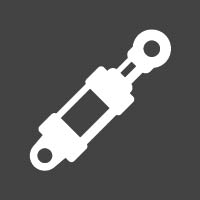
Hydraulic Cylinder Performance
PAMI’s hydraulic cylinder capabilities include cylinder friction test, cycle test, impulse endurance test, drift rate test, and proof pressure test (apply 200% rated pressure with piston at mid-stroke). The hydraulic cylinder test system can be configured for testing single-acting and double-acting hydraulic cylinders with rated pressures up to 3,000 psi.

Instrumentation and Data Acquisition
Capturing performance data directly in the lab or from the field for analysis is at the heart of all PAMI testing services. PAMI data acquisition equipment can capture a wide range of precise and repeatable data at high sample rates. Equally important is ensuring captured data can be effectively analyzed and interpreted with powerful data assessment programs and integrated with other PAMI systems and software.
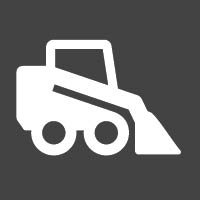
Protective Structure Testing
Perform roll-over (ROPS) and falling object (FOPS) protective structures testing of industrial and agricultural machinery cabs in accordance with numerous regulatory standards, such as ISO, SAE, OECD, and CSA. Our test equipment is capable of applying up to 145,000 lb horizontal loads and up to 200,000 lb vertical crush loads. ROPS, FOPS, OPS and TOPS Testing is all completed at PAMI.

Rigid Intermediate Bulk Container (IBC) Testing
To obtain registration with Transport Canada, new IBC designs must demonstrate compliance with the design and test requirements specified by CAN/CGSB 43.146. PAMI regularly helps Intermediate Bulk Container manufacturers meet these test requirements by providing accurate and professional bulk container testing services for rigid bulk containers such as steel or aluminum tanks and rigid plastic or composite totes.
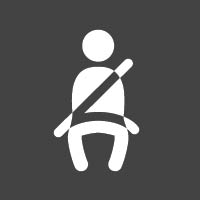
Seat and Seat Belt Anchorage Testing
Meet requirements in accordance with Federal Motor Vehicle Safety Standards – FMVSS 207-210. Proper seat and seat belt anchorage testing is important for adhering to several Canadian Motor Vehicle Safety Standards (CMVSS) and Federal Motor Vehicle Safety Standards (FMVSS). In addition, identifying possible failure points and recommending design improvements can help manufacturers reduce risk. We have static load fixtures and equipment ready to test your vehicle.
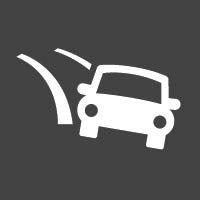
Tilt and Rollover Stability Testing
Access tilt tables up to 20’ x 20’ in size, with capacities up to 80,000 lb. Our tilt tables are commonly used for measuring vehicle and machine roll stabilities, grade holding capabilities for park brakes, and machine functionality tests at steep grades. Tilt & Rollover Stability Testing confirms that the centre of gravity of a completed vehicle or machinery is within the manufacturer’s limits for compliance with Transport Canada and other regulations.

Find six degrees of freedom motion to produce a number of tests including sinusoidal, random, and field simulation tests. Our multi-axial simulation table (MAST) system, vertical vibration table, horizontal vibration table, and electrodynamic shaker table are ideally suited for testing ground based vehicle or machine components to evaluate how they will respond to vibration anticipated during operation, or transit, and to verify how the product is expected to survive through its entire service life. In most cases, vibration testing is done by following test procedures defined by technical standards or through a customized client-specific test procedure.
“We needed some developmental testing completed, and did not have the capacity to execute it. A detailed plan was quickly formulated and executed utilizing PAMI’s agricultural engineering and testing expertise within the timelines required. The excellent work performed by PAMI supported the thesis that we had created, and moved our product lines forward. Testing went so well, that we accelerated our test plans and went back to PAMI to move our research and development forward. Research and Development at Honey Bee is moving faster than ever before with PAMI being a major reason.”

Jamie Pegg
Honey Bee Manufacturing Ltd.
